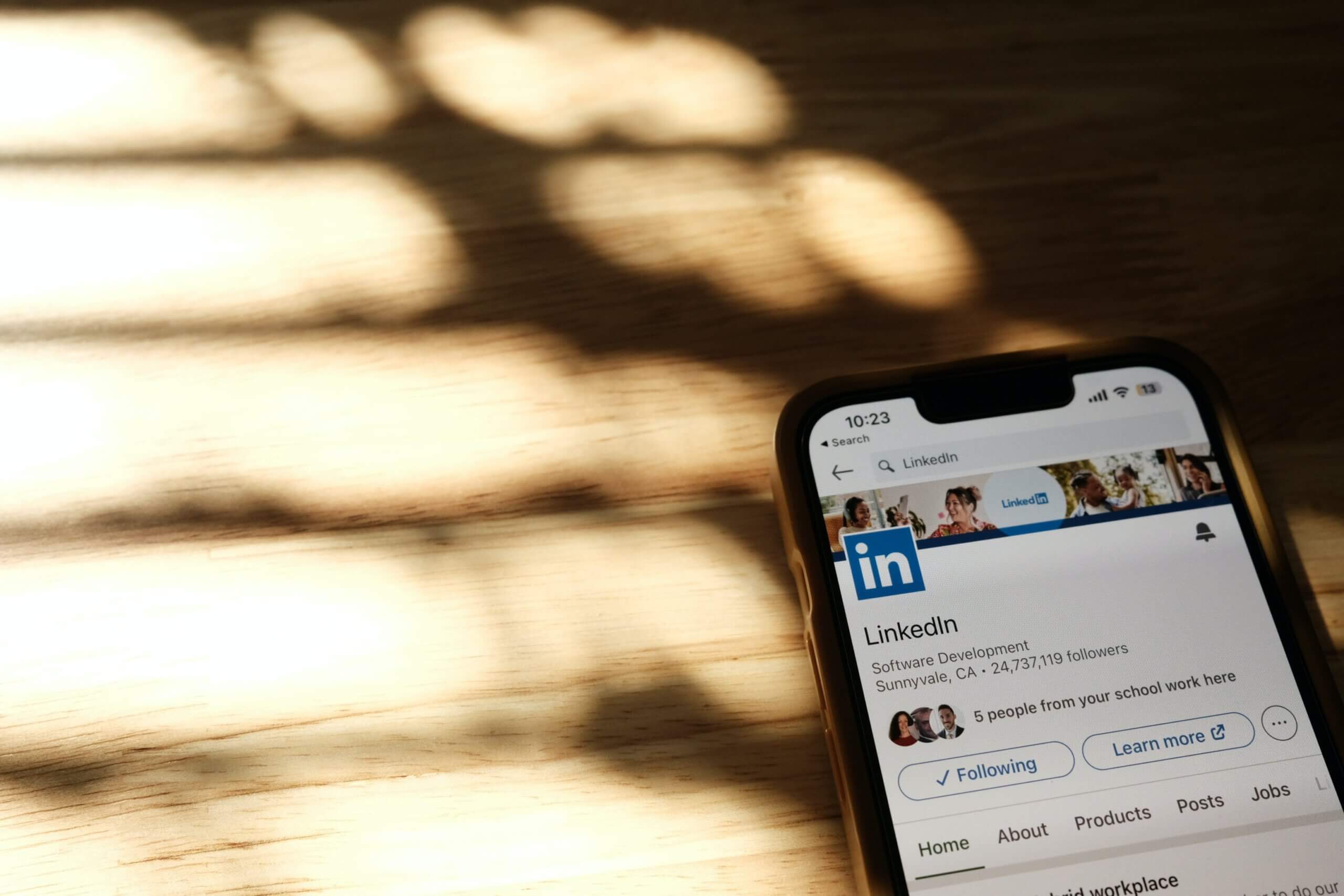As a news and media organization, it’s your job to communicate important matters to your audience, delivering information in a way that directly appeals to specific subscribers.
For some, this involves push notifications directing them to your site. But for others, it involves email newsletters with specific links, articles, and the potential for ad revenue to help bolster your company.
With the holiday season upon us, you may be wondering how you can roll out your newsletter with a holiday spin to maximize subscriptions, appeal to the season without going fully commercial, and get the most visibility possible.
In this article, we’re going in-depth on how your organization can create the best and most successful holiday email campaign, highlighting several best practices along the way.
1. Give Your Holiday Email Newsletter Its Own Place on the Website
As a news organization, you understand that your website should be a hub of activity. There should always be something new and exciting for visitors to see, with personalization options to create a winning online experience for each individual.

#image_title
But you can’t always count on people coming to you. Sometimes you need to go to them, especially during a busy season like the holidays. That’s why email newsletters are so important for companies like yours. What’s more, they’re effective.
Statista reports that more than 300 billion emails were sent in 2022. This number is expected to exceed the 400 billion mark by 2027.

#image_title
In fact, 22% of marketers send up to three marketing emails per day, according to HubSpot.

#image_title
That’s why the newsletter should have a special place of importance on your website, letting users know they can subscribe anytime to get the news delivered this holiday season.
Create a dedicated landing page for subscriber acquisition marketing campaigns and a corresponding page on your site for the email newsletter. You can even link to this page in your articles or consider a pop-up that would urge visitors to subscribe.
2. Let the Newsroom Know About It
The success of your newsletter rests on the shoulders of your editorial staff. The newsroom needs to know your plans for the newsletter so that they can start creating their content with this in mind.
For example, you might include the first half of an article in your newsletter with a “read more” link that directs to your site for the full experience. Your newsroom needs to know about this tactic. That way, they can craft their articles with a specific endpoint. It should leave the reader informed but also wanting more, like the ending chapter of a book.
They need a reason to keep reading, turn the page, or click through to the main site. Your writers could even show your designers specifically where the cutoff should be and work with the art department on the layout.
If you’re creating a specific holiday edition, let the newsroom know well in advance so that they can start brainstorming holiday news items with the help of LLM libraries that would be of interest to your target audience.
3. Give People a Reason To Subscribe
While your newsletter is packed with useful information, sometimes it’s still necessary to give prospective subscribers a little push toward conversion. This can come in the form of perks.
One such perk could be exclusive content that can’t be accessed on your site. Perhaps an interview your audience has been anticipating, or a specific feature story that you think would be of interest, could be a key selling point if given exclusivity.
Make sure your newsletter includes offers along with information because the holiday season is when everyone is waiting for it! For instance, you might not realize it, but customers are more excited to learn they can buy Viagra online at a discount during the holidays than to hear about your company’s success last year.
Moreover, if you’ve been wanting to use the product-led growth method, the holiday season is the best time to do so! And the way to let your customers know that they will be able to enjoy a free trial is with a holiday newsletter! This is also a great gift idea if users want to gift a loved one on New Year’s Day or Black Friday.
As part of your email marketing plan, you could also partner with retail or service-oriented brands to create exclusive offers that might appeal to your target audience. For example, you can sell tickets online to popular events at a discounted rate. But to do this, you first have to approach these businesses and explain to them why partnering with you would be such a profitable venture.
Let them know that compared to customers who don’t receive holiday email newsletters, those who make purchases via email are likely to spend a whopping 95% more.
When planning these partnerships, you can go about it a few ways. It could be a barter trade, where nothing is exchanged between the two companies, and you just accept the mutual benefits. You could also run a deal where you get a percentage of conversions through your newsletter links. Or, you could charge a flat fee for advertising in your newsletter.
4. Identify Opportunities for Content on Social Media
Social media can help promote your holiday newsletter. At the same time, your holiday newsletter can be an excellent gateway to your social media pages. Together, the two form a symbiotic relationship that can prove highly profitable.
Include links to your social media pages in your holiday newsletters to encourage subscribers to follow you. This can be as simple as including a Facebook logo vector at the end of your holiday email to take readers directly to your page.
Additionally, consider running a targeted ad campaign through social networks that your audience frequents. If they like Facebook and spend a decent amount of time scrolling the platform, run a holiday campaign on Facebook targeted at their key demographic information.
Make the ads holiday-themed to capture their attention and connect it directly to your newsletter landing page.
(Remember: A/B testing lets you see what’s working and what’s not. So make sure to test different versions of holiday emails, ads, and CTA buttons).
You can run these campaigns so that you only pay when someone clicks on your ad or even when they convert and subscribe to your newsletter.
5. Engage With Subscribers
It’s important to engage with your subscribers regularly. That means associating with them on social media, answering their questions, and reacting when they social share or create content related to your newsletter.
User-generated content can be a great addition to holiday campaigns, and if one of your audience members contacts you with a special story to tell, include it in an upcoming issue (with their permission, of course). (Use this as social proof to promote your brand)
An audience wants to know that they’re heard and appreciated by the brands they interact with, especially one as personal to them as a news source. Because your content is (ideally) an essential part of their lives, they feel a personal connection to you and, as such, will often try to communicate in a familiar way that might seem jarring at first. Mention how using a coworking space app can help you stay connected and engage with subscribers more effectively.
Don’t keep them at arm’s length. Show your subscribers you care by responding to emails, direct messages, and social media comments. That’s one of the best ways to improve brand loyalty, which is one of the most important factors in overall profitability.
6. Keep in Mind That Reader Loyalty Is a Key Measure of Success
As we just mentioned, loyalty is incredibly important. It’s what keeps your subscribers coming back for more and helps keep your newsletter profitable.
It’s much more expensive to seek out new subscribers than it is to hold onto existing ones.

#image_title
As shown in the image above, it’s five to seven times more expensive to acquire a new customer than it is to retain one who is already loyal to your brand. If people are unsubscribing rapidly, it will hurt your metrics, which will also decrease your value to potential advertisers.
You’ll constantly be trying to replace the churned subscribers, and in doing so, you’ll spend a lot more money than you would have if you could just hold onto the majority of your current readers.
You can do this by ensuring that your content is worthwhile, well laid out, and speaks to the specific needs of your audience. This is also where subscriber engagement comes into play.
7. Use Dynamic Content
We’ve mentioned personalization a few times in this guide, and that’s where dynamic content comes into play. This content changes based on the user’s likes and dislikes. Each individual would be able to receive content that’s tailor-made to their specific preferences.
By powering your holiday newsletter with dynamic content, you can rest assured that every article, image, or video that your readers see in their newsletter is for them. This can include preferred topics, local stories, weather specific to their geographic area, and even targeted ads based on their interests. You can even include the subscriber’s name, like in the image below.

#image_title
Dynamic content makes your users feel as though the product you put out was created specifically for them — and it will be!
Key Takeaways: Email Marketing
Your email campaigns are extremely important, especially around the holidays. Because of this, we’ve highlighted the above best practices to help you get the most subscribers during the most wonderful time of the year.
Here’s a summary of our proven email marketing strategies:
- Create a prominent place for your newsletter on your website
- Let the newsroom know all about it so they can plan content accordingly
- Give people a reason to subscribe, like incentives
- Identify opportunities to cross-promote with your social media platforms
- Engage with your subscribers
- Remember to inspire reader loyalty
- Utilize dynamic content to personalize the experience
Additionally, at ReVerb, our experts can help create personalized email campaigns for the holiday season. We help you reach new audiences, come up with new content ideas, and build long-term relationships with clients. We can also
Looking to explore more email marketing strategies to increase your holiday sales on Black Friday or during the winter holidays? Reach out to us for a free marketing proposal.










